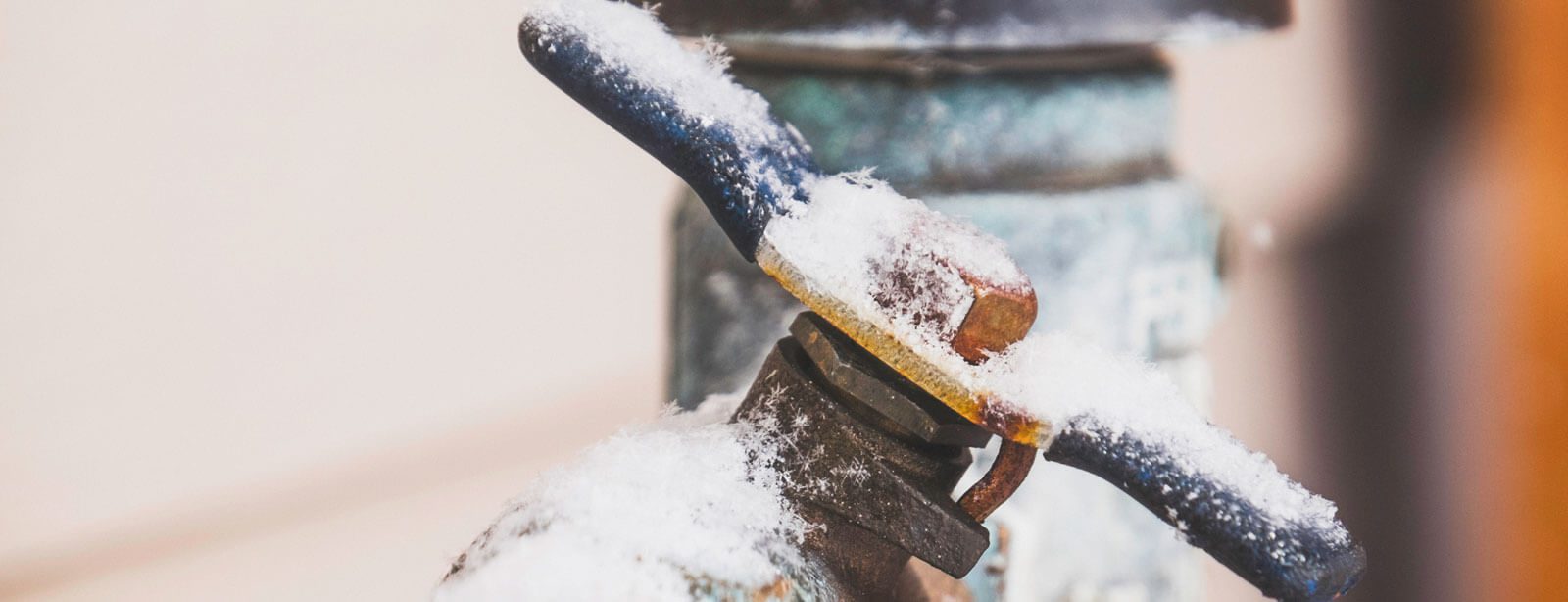Critical Approaches for Avoiding Frozen Pipes in Cold Weather
Critical Approaches for Avoiding Frozen Pipes in Cold Weather
Blog Article
We've noticed the article about 6 Ways to Prevent Frozen Pipes directly below on the net and believe it made good sense to relate it with you in this article.

Winter can damage your plumbing, specifically by freezing pipes. Right here's exactly how to prevent it from taking place and what to do if it does.
Intro
As temperatures decline, the danger of icy pipes rises, possibly leading to pricey fixings and water damage. Recognizing how to stop frozen pipes is crucial for house owners in cool climates.
Avoidance Tips
Shielding at risk pipes
Wrap pipelines in insulation sleeves or make use of heat tape to secure them from freezing temperature levels. Focus on pipes in unheated or exterior areas of the home.
Heating strategies
Keep interior rooms properly warmed, especially areas with pipes. Open up closet doors to allow warm air to distribute around pipelines under sinks.
How to determine icy pipelines
Seek lowered water circulation from taps, uncommon smells or sounds from pipelines, and noticeable frost on subjected pipelines.
Long-Term Solutions
Architectural modifications
Take into consideration rerouting pipelines away from outside wall surfaces or unheated areas. Add added insulation to attic rooms, cellars, and crawl spaces.
Upgrading insulation
Buy high-grade insulation for pipes, attic rooms, and wall surfaces. Proper insulation aids maintain regular temperatures and reduces the risk of frozen pipelines.
Safeguarding Exterior Plumbing
Yard hoses and outside faucets
Detach and drain pipes yard tubes before wintertime. Install frost-proof spigots or cover outside taps with insulated caps.
Comprehending Icy Pipelines
What causes pipelines to ice up?
Pipelines freeze when exposed to temperatures listed below 32 ° F (0 ° C) for expanded durations. As water inside the pipelines ices up, it increases, putting pressure on the pipeline wall surfaces and possibly creating them to rupture.
Dangers and problems
Frozen pipes can lead to water system interruptions, home damages, and pricey repair services. Ruptured pipelines can flooding homes and trigger substantial architectural damages.
Indications of Frozen Water Lines
Recognizing icy pipes early can prevent them from breaking.
What to Do If Your Pipelines Freeze
Immediate actions to take
If you suspect icy pipes, keep taps available to alleviate pressure as the ice thaws. Use a hairdryer or towels taken in hot water to thaw pipelines slowly.
Final thought
Preventing frozen pipelines requires positive measures and quick feedbacks. By understanding the reasons, indicators, and preventive measures, home owners can secure their pipes during cold weather.
5 Ways to Prevent Frozen Pipes
Drain Outdoor Faucets and Disconnect Hoses
First, close the shut-off valve that controls the flow of water in the pipe to your outdoor faucet. Then, head outside to disconnect and drain your hose and open the outdoor faucet to allow the water to completely drain out of the line. Turn off the faucet when done. Finally, head back to the shut-off valve and drain the remaining water inside the pipe into a bucket or container. Additionally, if you have a home irrigation system, you should consider hiring an expert to clear the system of water each year.
Insulate Pipes
One of the best and most cost-effective methods for preventing frozen water pipes is to wrap your pipes with insulation. This is especially important for areas in your home that aren’t exposed to heat, such as an attic. We suggest using foam sleeves, which can typically be found at your local hardware store.
Keep Heat Running at 65
Your pipes are located inside your walls, and the temperature there is much colder than the rest of the house. To prevent your pipes from freezing, The Insurance Information Institute suggests that you keep your home heated to at least 65 degrees, even when traveling. You may want to invest in smart devices that can keep an eye on the temperature in your home while you’re away.
Leave Water Dripping
Moving water — even a small trickle — can prevent ice from forming inside your pipes. When freezing temps are imminent, start a drip of water from all faucets that serve exposed pipes. Leaving a few faucets running will also help relieve pressure inside the pipes and help prevent a rupture if the water inside freezes.
Open Cupboard Doors
Warm your kitchen and bathroom pipes by opening cupboards and vanities. You should also leave your interior doors ajar to help warm air circulate evenly throughout your home.

Do you appreciate reading up on How to Prevent Your Pipes From Freezing? Place a review further down. We would be glad to find out your suggestions about this page. Hoping that you visit us again soon. Are you aware of another individual who is excited by the subject? Take a moment to promote it. Kudos for your time. Kindly visit our blog back soon.
Get A Quote Report this page